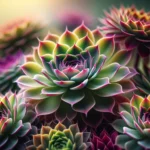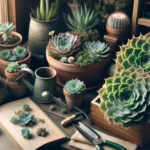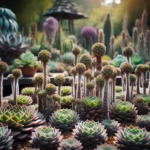Introduction to Sempervivum Death Bloom
Welcome to the intriguing world of sempervivums, where the final act is just as breathtaking as the show that precedes it. The death bloom, a stage as dramatic as its name suggests, marks the grand finale in the life of these resilient plants. What exactly is it, you might wonder? Allow me to unveil the mystery behind this botanical swan song that captivates gardeners and plant lovers alike.
Sempervivums, commonly known as ‘Houseleeks’ or ‘Hen and Chicks,’ are succulents that save their most stunning performance for last. Like a seasoned actor delivering a powerful monologue, the sempervivum musters all its energy to produce a flower stalk adorned with vibrant blooms. But this isn’t merely for show. This is their way of passing the torch – the ultimate act of reproduction before they gracefully exit the stage.
Have you ever seen a firework display that lights up the night sky, only to leave behind smoke and echoes in the darkness? That’s the essence of a sempervivum death bloom. The plant, which has spent years forming textured rosettes and toughing it out through harsh winters, channels its essence into a towering stalk that erupts with flowers, signaling both a beginning for new life and an end to its own.
While this might sound like a somber affair, it’s a cause for celebration! Think of it as the plant’s final standing ovation, a moment so rare and captivating. Yet, even as the central rosette that bloomed fades and withers, the beauty of sempervivums endures. The offsets, or ‘chicks,’ around the base are ready to grow, ensuring the legacy of the ‘Hen’ lives on. For those interested in the cultivation and care of these plants, take a peek at our detailed guide on Sempervivum Tectorum Enigmas, and discover the secrets to nurturing your own hen and chicks.
Now, let’s not confuse this flower power with a cry for help. Sempervivums are known for their resilience. Their journey through life to this grand exit is a testament to their durability and the mesmerizing ways of nature itself. It’s an honor to witness such a potent expression of life and legacy encapsulated in the sempervivum’s death bloom.
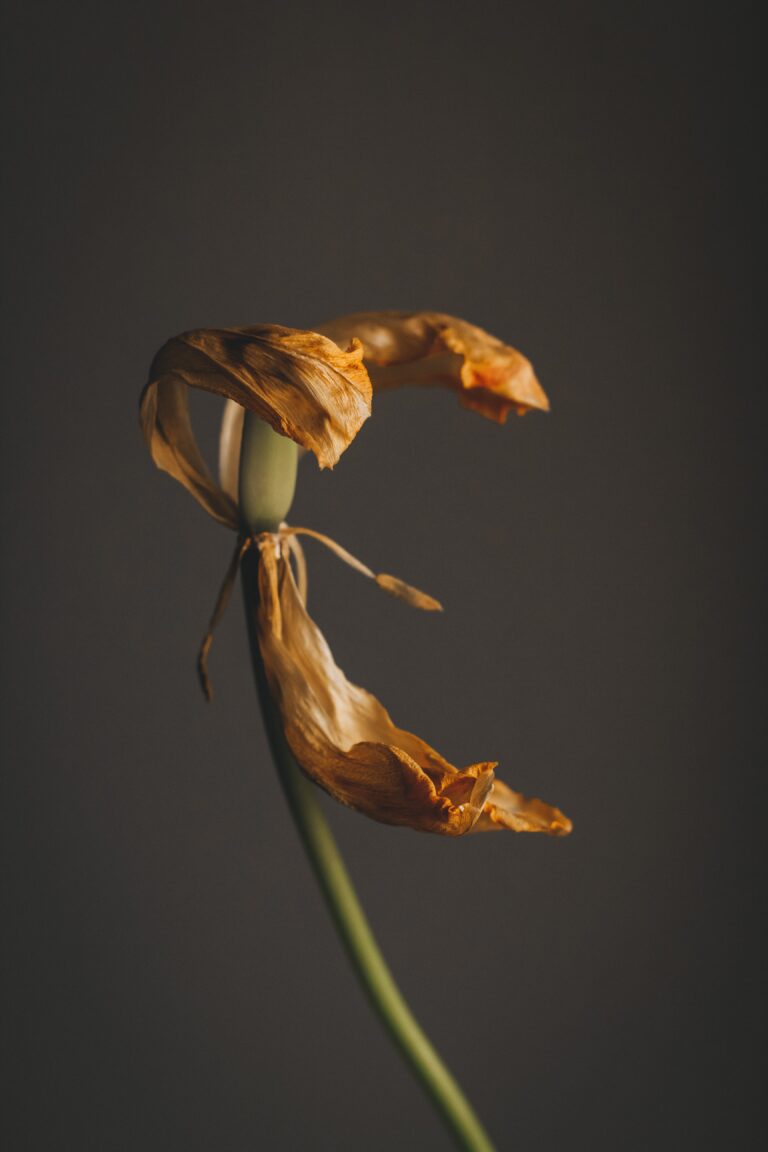
What is Sempervivum?
The world of plants is bustling with evergreen hardiness, and at its core is the spectacular sempervivum, a true marvel of adaptability and architectural beauty. Often hailed by its common name, the “houseleek,” this perennial succulent is renowned not just for its resilience but also for the captivating symmetrical rosettes that crown it king in the realm of rock gardens and rooftop greeneries. Picture, if you will, the alpine habitats of Europe where these rugged plants play hide and seek with the cold, clinging gracefully to craggy outcrops, unfazed by the whims of weather.
Speaking of sempervivum’s homeland, it’s not confined to any one nook of nature but rather adorns a variety of habitats, most notably the higher altitudes where it braves the chill with a stoic presence. These plants are a survivalist’s dream, thriving in conditions where others merely hope to survive. Thanks to their succulent leaves that store water, sempervivums can look radiant even during dry spells that would leave most in despair.
For those eager to learn more about cultivating their succulent sanctuary, perusing a comprehensive guide to successful succulent care might just be your next best read. It’s in the artful practice of patience and precision that these drought-tolerant dynamos reveal their true potential, patiently teaching any onlooker the virtues of stoicism amidst the harshest climes.
But what truly sets sempervivum apart is its quirk of blooming once at the end of its lifecycle—a spectacle known as the death bloom. It is this intriguing phenomenon that often captivates enthusiasts and botanists alike, inspiring a bewildered admiration for a life splendidly lived and a curtain grandly drawn. But before we delve into this awe-inspiring display, it’s crucial to appreciate the essence of sempervivum’s character—resilient, robust, and ever so regal in its quiet corner of the world.
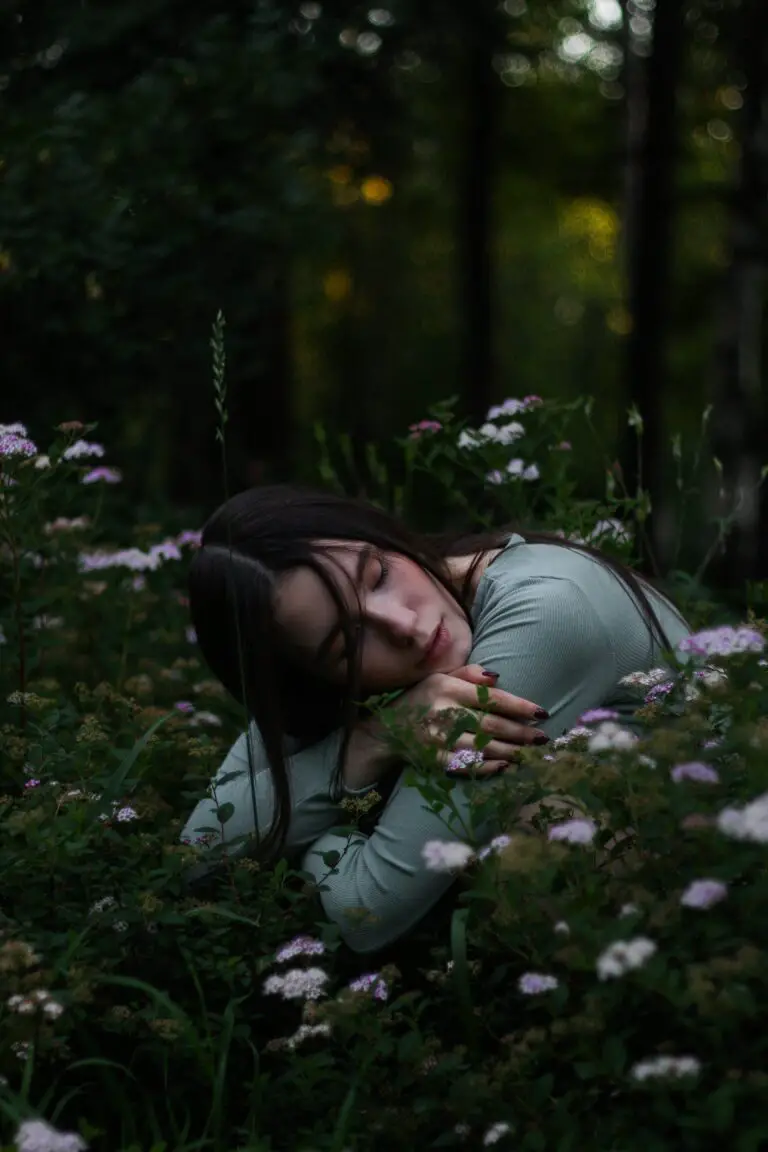
Lifecycle of a Sempervivum
Welcome to the fascinating journey of the Sempervivum, also affectionately known as the ‘always living’ – a title earned due to their hardy nature. But intriguingly, these perennial plants stage a magnificent final act known as the ‘death bloom’. Let’s uncover the stages that lead to this grand finale.
Sempervivums start their lives as humble seedlings, ambitiously sprouting from the rocky crevices and mountainsides where they naturally prosper. They quickly form dense, vibrant rosettes, each a testament to the plant’s resilience. There’s a kind of beauty in their simplicity, as they paint the landscape with a palette of greens, reds, and purples, even in the most unforgiving conditions.
These rosettes evolve, spreading outwards through offsets – aptly dubbed ‘chicks’ – while the original rosette is known as the ‘hen’. It’s a family affair as the chicks cluster around their mother, creating an ever-expanding carpet of succulent life. And in that carpet lies a marvelous quirk of evolution: their vegetative propagation ensures survival through many generations, even before the plant considers flowering.
And then, usually after several years, the sempervivum gears up for something extraordinary. Rising from the center of the hen, a stalk begins to elongate, with the plant mustering all its energy to produce an imposing flower spike. This is sempervivum death bloom, an event both beautiful and bittersweet. For once the spectacular display of star-shaped blossoms fades away, the hen that gave them life will end her own, having achieved her biological purpose.
The longevity of these plants before the death bloom is remarkable, and it’s not uncommon to witness a Sempervivum thriving for years, even decades, before deciding it’s time to bow out. Real-life examples can be found in alpine gardens, rockeries, and proudly displayed in pots across the globe, each with its unique timeline and relationship with this lifecycle.
If you’d like to delve deeper into the cultivation and care of these endlessly fascinating plants, there’s a wealth of information at your fingertips. For an insightful exploration of their growth stages and more, consider visiting this detailed guide that sheds light on how to plant, grow, and cherish your Sempervivum plants.
Every stage of the Sempervivum’s life is a dance with resilience and beauty. From their sprouting to the flamboyant finale, they remind us that living – even with an impending end – can be an act full of grandeur and color, encouraging us to admire the cycle of life in all its forms.

The Death Bloom Explained
Life, in all its intricate twists and turns, often reserves its most breathtaking spectacles for the closing chapter. Take, for example, the sempervivum, also known as the ‘Live Forever’ plant. This hardy succulent, a master of resilience, saves its most dramatic performance for the finale – the death bloom. As their name suggests, sempervivums are seemingly eternal, but they do have a life cycle, and the death bloom is its most glaring herald.
So why exactly does a plant known for its longevity produce a death bloom? It’s a spectacular last hurrah that signals the sempervivum is completing its lifecycle. After years of forming picturesque rosettes, the plant summons all its might to send up a tall, flowering stalk. It’s akin to a great tree using all its stored resources to erupt in a fireworks display of blossoms. Remarkably, this act, though it leads to the end of the plant, is also the start of new life. The death bloom is the sempervivum’s way of ensuring its legacy, as it produces myriad seeds that will give birth to a new generation.
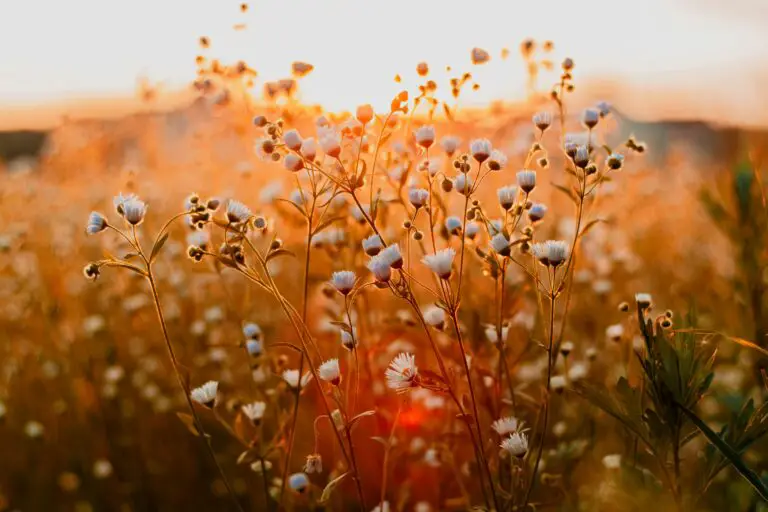
Understanding the signals of an upcoming death bloom is crucial for gardening enthusiasts. A notable change in a sempervivum’s appearance, specifically the emergence of a central stalk, is a tell-tale sign. This transformation is bittersweet. While it marks the end of that individual plant, it offers a rare glimpse into the natural cycle of life and death—a spectacle of survival and regeneration. Gardeners who want to delve deeper into the care required for sempervivums before this stage can find comprehensive insights here.
Interested in expanding your knowledge on succulent care? Our Ultimate Guide to Succulent Care is an exceptional resource. It navigates through the essence of nurturing a wide variety of these resilient plants, offering written expertise on their watering, lighting, and soil needs.
When it’s all said and done, the sempervivum death bloom is not merely an end, but a nod to continuation and rebirth. This cycle, elegantly simple yet profoundly complex, underscores the very essence of what it means to be sempiternal—forever enduring, just like the sempervivum.
How to Identify a Sempervivum Death Bloom
Amidst the lush greens and vibrant hues of your succulent collection, the sempervivum’s unique lifecycle includes a dramatic grand finale known as the “death bloom.” But how can you tell when your green companion is staging its final act? This page-turner of a transition is not only a botanic curtain call but also a spectacle of nature that rewards the observant eye. Let’s demystify this enigmatic occurrence together.
Sempervivum, often hailed as the stoic sentinels of the plant world, will at some point command the spotlight with a flourish that signals the end of their lifecycle. This phenomenon begins when the plant musters all its energy to push forth a flower stalk. Unlike its usual modest growth, this stalk shoots up, eager to perform before the audience of your garden. The leaves, previously a tight rosette, may now appear to lean back as if to give center stage to the emerging star—the flower cluster.
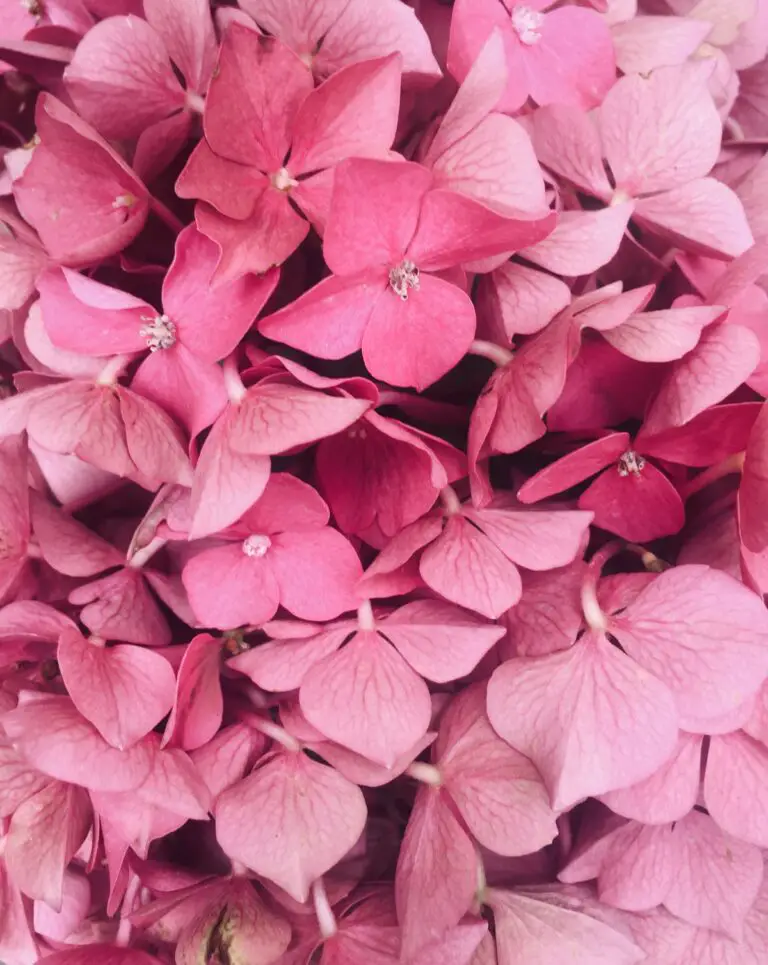
Characterized by its height, the flower stalk proudly displays a series of star-shaped blossoms, typically unfurling in hues that contrast its leafy base. These can be shades of pink, yellow, or even an offbeat red, each one a hue that triumphantly punctuates the plant’s lifecycle. The blossoms, crowning the skyscraping stalk, await pollinators to partake in this last rite of life. This cacophony of color atop a statuesque stem is not just any bloom—it’s a swan song that marks the culmination of the sempervivum’s existence.
As the sempervivum prepares to take its final bow, you might notice the base of the plant, the once plump and lively rosette, beginning to wither. While this might prompt a sigh of melancholy from the devoted gardener, it’s an orchestration of nature’s deepest principles—every end is a new beginning. The dying rosette, having given its all to the spectacle of the death bloom, leaves behind a legacy of pups or offsets to continue the lineage. The sempervivum may be bowing out, but its progeny will thrive, casting new life into the soil it once called home.
Witnessing a sempervivum death bloom is like observing a rare meteor shower; it’s a fleeting marvel that beckons a second glance. And while it signifies the end for the flowering rosette, the sempervivum ensures it does not exit the stage in vain. Its performance—a collection of elegantly garnished flowers atop their final pedestal—is the plant’s parting gift, a natural spectacle that whispers of beauty, resilience, and the unyielding cycle of life.
Caring for Sempervivum Before, During, and After Bloom
Sempervivum, also known as “hen and chicks,” graces many gardens with its rosette form and hardy nature. But when the sempervivum death bloom appears, it’s a bittersweet moment for enthusiasts. Yes, it signals the end of the plant’s life, but it’s also a rare spectacle of nature. So, how can you care for your sempervivum to ensure it goes out in a blaze of glory? Let’s delve into the best practices for maintaining these succulent beauties.
Pre-Bloom Pampering
Before the death bloom, your sempervivum requires minimal attention—this is their time to shine without making a fuss. Full sun is their best friend, while over-watering is their nemesis. Ensure your plants are basking in those sunny spots and keep watering modest. This hardy plant prefers to stay dry, so don’t drown it in affection. Remember, sempervivum translates to “live forever,” but it’s forever, garden-style: low maintenance and undemanding.
The Dramatic Display: During the Bloom
When the sempervivum heralds its final act with a towering flower spike, it turns into quite the diva. Now’s the time to really show some love. Although it’s on its way out, ensure that it lacks nothing in its last days. Support the bloom by staking if necessary—think of it as holding hands through a farewell performance. The sempervivum’s flowers can be showy and deserve attention, much like a standing ovation at the end of a long career.
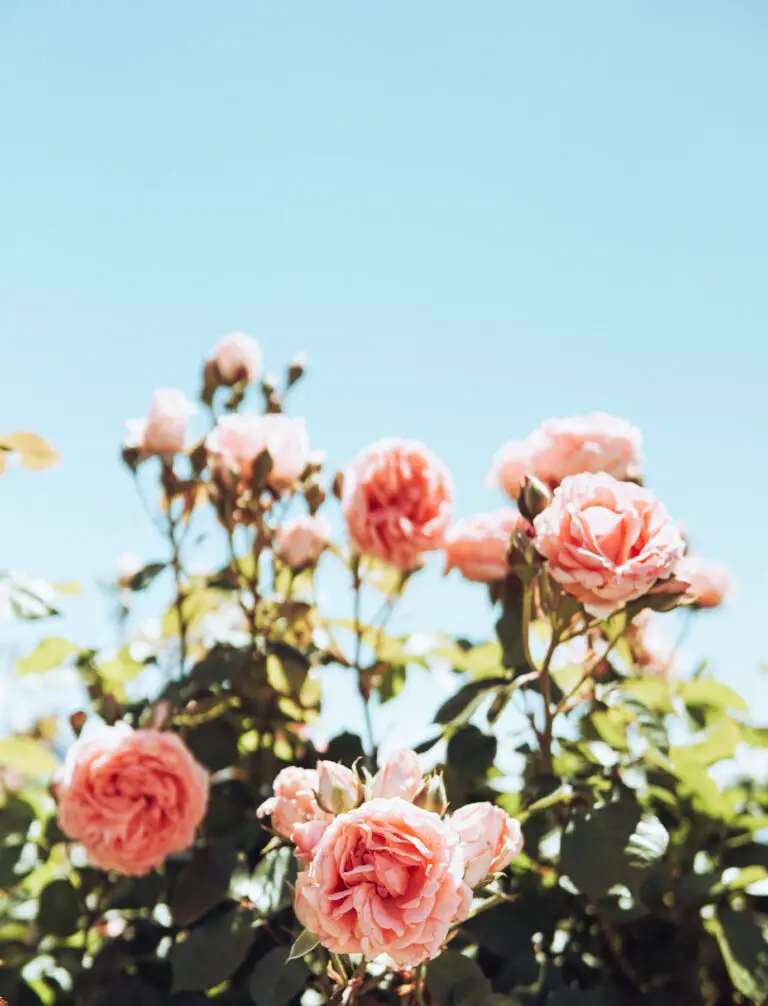
After the Final Bow
Post-bloom care for sempervivum means it’s time to focus on the supporting cast—the offsets. As the mother plant completes its lifecycle, it leaves behind a legacy of little rosettes ready to take center stage. This is nature’s encore, ensuring the sempervivum spirit lives on. Keep these offsets healthy by gently repositioning them if they’re overshadowed by their dramatic predecessor. It’s their time to thrive, and with your attentive care, they’ll be ready for their own spotlight moment one day.
Each sempervivum tells a story—a captivating tale of life, spectacle, and continuation. By following these tips, your garden will not only witness the fascinating death bloom but also nurture a new generation of these hardy performers. And who knows, maybe one of the offspring will break the mold and bless you with a double feature before taking its final curtain call.
Propagation: Life after Death
As the Sempervivum approaches its grand finale, the ‘death bloom’ may seem like the end, but let’s not allow the curtain call to overshadow the encore of life that follows! In a spectacular show of resilience, Sempervivum, also fondly known as ‘Hens and Chicks,’ ensures its legacy continues through propagation. This fascinating process allows garden enthusiasts to cultivate a thriving colony of offsets that teem with vitality.
The life cycle of the Sempervivum is a dramatic tale of birth, bloom, and rebirth. When the mature plant blossoms in its ultimate performance, it focuses all its energy on producing a mesmerizing floral display. Alas, this showy extravagance heralds the plant’s final act. But fear not, for the Sempervivum is an ingenious escape artist from the grips of mortality. As the parent plant enters its twilight, it gives rise to offsets – the proverbial ‘chicks’ to the mother ‘hen.’
Propagation via offsets is almost nature’s sleight of hand, a trick ensuring that the sempervivum’s spark never truly extinguishes. These offsets are miniaturized replicas of the parent, ready to root and grow with an independent spirit. They can be found nestling at the base of the mother plant, seemingly biding their time. However, once detached, they are eager to sink their roots into the soil and establish their domain.
Tapping into The Offsets’ Potential
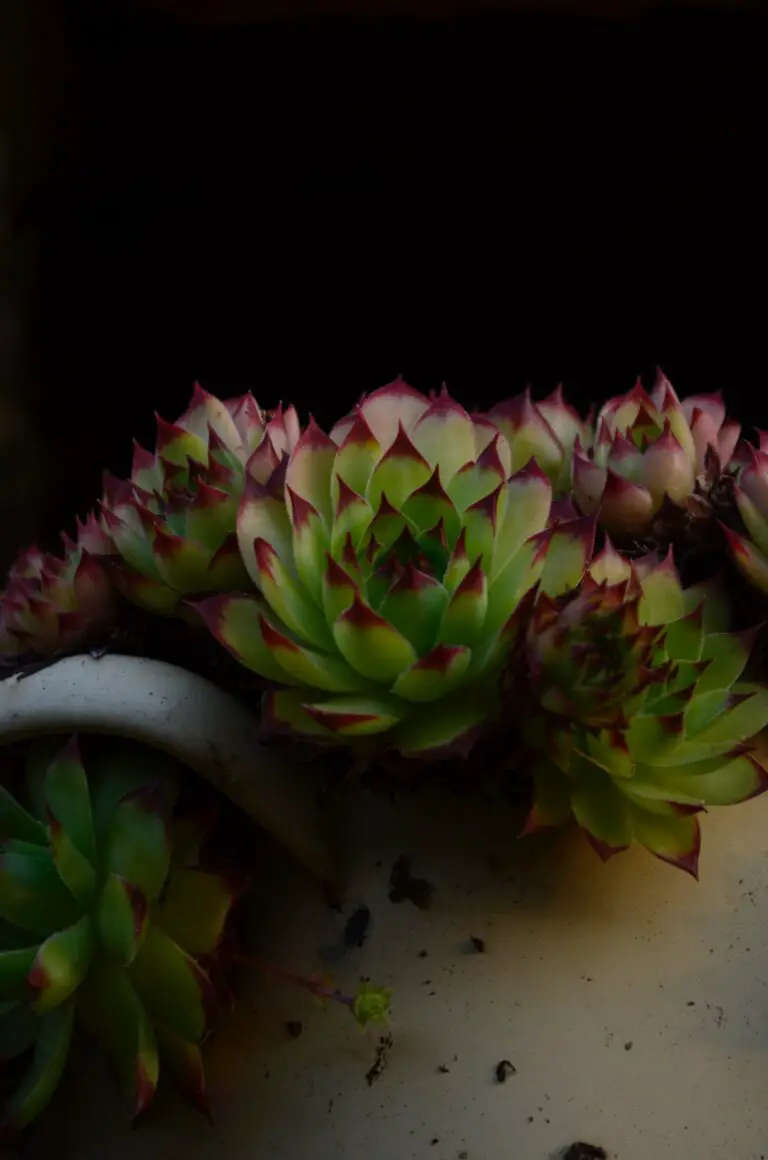
To leverage the full potential of these offsets, one must become a keen observer. When the chicks are robust enough, showcasing several layers of succulent leaves, they are ready to be gently uprooted from the mother’s side. Transplant them with tender care into new soil and witness the magic as they quickly adapt to their new homes. Give them a little water, some sunshine, and they’ll repay your efforts with a beautiful cluster of green rosettes.
Think of sempervivum propagation as an act of botanical alchemy – transforming the end of one life into the beginning of many others. It’s akin to passing down heirlooms, each offset carrying a piece of the parent’s essence into a new generation. With a bit of care and the slightest of touches, sempervivum gardeners become the conductors of an ever-expanding symphony of green.
Real-life examples abound of sempervivum cultivators who regard their gardens as eternal tapestries. I met an avid planter whose grandfather’s Sempervivum offset has traveled through the family for decades, seemingly defying time itself. She described planting these offsets as stitching her own thread into the family’s living legacy – a poignant reminder of life’s perpetual cycle.
In short, the death bloom of a sempervivum may mark a majestic end, but the art of propagation through offsets ensures that it’s never truly goodbye. It’s a jubilant festival of continuity that celebrates life in its most enduring form. So, next time you admire the sempervivum’s final bloom, remember that this is not just an adieu; it’s also a verdant welcoming of new beginnings.
Common Myths and Misconceptions
Does a sempervivum really say farewell to the world after it blooms? Let’s untangle the truth from the fiction. For gardeners and succulent enthusiasts alike, the sempervivum death bloom—often referred to as “Hen and Chicks'” final bow—generates both awe and a fair bit of misunderstanding.
Firstly, it’s a myth that the death bloom spells instant doom for all surrounding rosettes. While it is true that the blooming “hen” will eventually perish, this natural cycle paves the way for the “chicks” to thrive in their newfound space. Worried that you’ll be left with an empty pot? Fear not, for these offsets are more than ready to fill their predecessor’s shoes—or rather, pot!
Another common misconception is that sempervivum blooms can be prevented or delayed with the right care. The reality? This is a genetically pre-programmed event that no amount of tender loving care can alter. When it’s time, it’s time. Their stunning yet ephemeral bloom is a swan song that’s not to be missed.
And let’s not forget the tale that sempervivum death blooms are a bad omen for your garden. On the contrary, these blossoms are a sign of maturity and success in your succulent’s lifecycle. In fact, when your sempervivum begins to bloom, it means you’ve provided a nurturing environment that has allowed it to reach this crucial phase of its life.
Dispelling these myths is not just about cultivating plants, but cultivating knowledge. By understanding the natural progression of sempervivum’s life, we can appreciate the beauty in its transformation rather than mourn its loss. Remember, death blooms are not the end; they’re just the beginning of a new generation of resilient and enchanting “live-forevers.”
FAQs about Sempervivum Death Bloom
When it comes to the sempervivum, or ‘always alive’, the name might seem a bit ironic once you encounter the death bloom phenomenon. In what could be described as nature’s most dramatic curtain call, these resilient plants bow out in spectacular fashion. But what prompts this final act, and is there a way to encore? Let’s dig our hands into the soil of knowledge and unearth the answers to some frequently asked questions.
What Triggers the Sempervivum Death Bloom?
Unlike other plants that bloom yearly, sempervivum takes its time, sometimes years, before it decides to put on its show-stopping performance. The trigger is a natural part of its lifecycle; once the plant reaches maturity, typically after several years, the center begins to elongate, eventually forming a bloom stalk. The flowers can be stunning arrays of pinks, reds, or purples, but as they say in showbiz, all great shows must come to an end, and so does the life of the plant post-bloom.
Can I Save My Sempervivum After It Blooms?
A common question from succulent aficionados is whether anything can be done to preserve their beloved hens and chicks (a common name for sempervivum) after the bloom. The straightforward answer is no. The sempervivum’s lifecycle is determined to end with the bloom. However, don’t despair. As the main plant prepares for its swan song, it leaves behind offsets or “chicks,” ensuring the continuation of its green legacy.
How Do I Care for Sempervivum Prior to the Death Bloom?
Caring for sempervivum plants is a practice in patience and minimalism. These hardy plants prefer well-draining soil and do well even in neglectful hands. Water them sparingly and provide them with a sunny spot to bask in. You’ll know your care routine is on track when you see the chicks thriving around their mother plant, gearing up to take center stage when the time comes.
Is the Death Bloom the End for My Succulent Garden?
While the death bloom does signify the end for that particular sempervivum, it is far from a death knell for your garden. Each sempervivum has likely produced numerous offspring throughout its lifetime. These offspring, with proper care, will grow and eventually experience their own grand finale. Think of it not as an end, but as an ongoing cycle that adds depth and story to your succulent collection.
Real-Life Story: The Everlasting Sempervivum Show
In a small garden, nestled within the bustling city, a sight to behold emerged as a cluster of sempervivum began their remarkable transformation. The owner, a seasoned gardener, had waited patiently for this moment. As the first plant bloomed, the gardener knew it was the beginning of a farewell. But around the blooming star, tens of chicks grew with vigor, promising a sequel that would ensure the sempervivum show would go on for years to come.
In summary, the sempervivum death bloom might bring a tinge of melancholy to the succulent enthusiast, but it’s also a testament to the plant’s ultimate strategy for survival. With each spectacular flower, a new generation is ready to push through the soil, reaching for the sun, and perpetuating the cycle of life that makes gardening such a rewarding endeavor.

